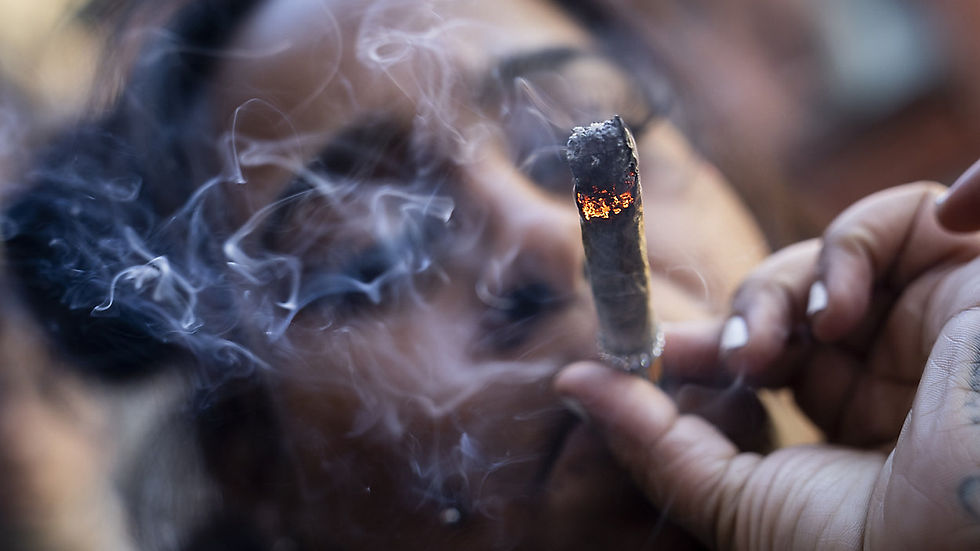By G. Mudalige, Jadetimes Staff
G. Mudalige is a Jadetimes news reporter covering Technology & Innovation

Stonehenge, an iconic prehistoric monument, continues to captivate archaeologists and enthusiasts alike with its enigmatic history. Located on Salisbury Plain, this ancient structure is not only a testament to human ingenuity but also a source of endless intrigue, particularly regarding its long-lost megaliths. These monumental stones, which once formed a complete circle, have perplexed scholars for centuries. Recent archaeological discoveries and advanced technology are gradually unraveling this mystery, shedding light on the construction, purpose, and fate of the missing elements of Stonehenge.
The awe-inspiring alignment of Stonehenge with the winter solstice sunset is no coincidence, as archaeologists believe it was meticulously designed by its builders. However, 4,500 years ago, the spectacle was even more impressive, marked by additional upright pairs of stones. Today, only a few of these megaliths remain, the rest having vanished over the millennia. Early plans and sketches dating back to the 16th century provide a glimpse of how the site appeared in earlier times, but modern excavations reveal that half the stones have been moved or lost entirely. Restoration efforts in the 20th century ensured the stability of the remaining structure but also underscored the extent of its transformation.
Excavations have uncovered evidence of pits and cavities that once held the missing stones, suggesting a more expansive original layout. The Aubrey Holes, a circle of 56 pits discovered in the 17th century, may have housed smaller stones known as bluestones, transported from Wales. These discoveries challenge earlier assumptions and raise new questions about whether Stonehenge was ever fully completed. Evidence from nearby sites further complicates the narrative, with some theorizing that stones were relocated or repurposed over time.
Damage inflicted by centuries of human activity has also contributed to the loss of megaliths. Visitors in the 19th century were known to chip away fragments as souvenirs, leaving visible scars on the stones. Laser surveys conducted in 2012 revealed the extent of this damage, confirming the destructive impact of human interference. Some stones, such as the Slaughter Stone, bear marks of attempted removal, while others appear to have been broken and taken away entirely.
The fate of the missing stones is a subject of ongoing debate. While no sarsen stones have been located beyond the site, fragments of bluestones have surfaced in unexpected places, including gardens and museums. Notably, a geological breakthrough in 2024 traced the origins of the Altar Stone, a unique sandstone bluestone, to northeastern Scotland. This discovery highlights the remarkable distances these stones traveled and the enduring fascination they inspire.
Stonehenge remains a symbol of mystery and resilience. Its incomplete circle and missing elements invite speculation about the motivations and capabilities of its creators. Each new finding enriches our understanding of this prehistoric marvel, offering a glimpse into the ingenuity of ancient societies. As researchers continue to explore its secrets, Stonehenge stands as a testament to humanity’s enduring quest to connect with the past and unravel the stories etched into its enduring stones.



